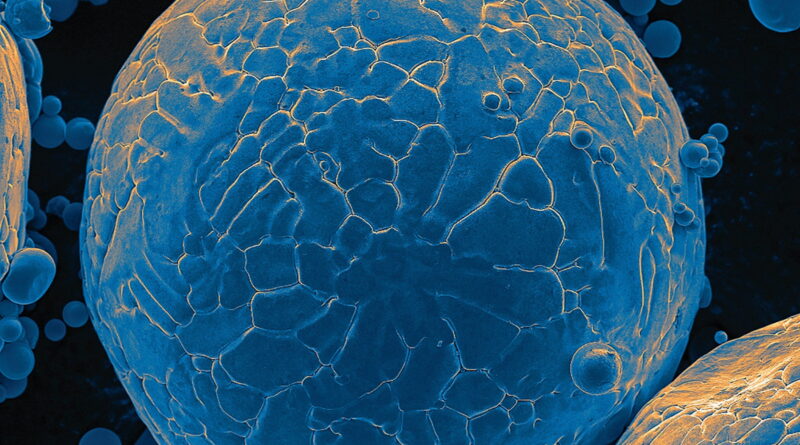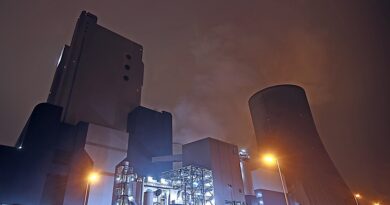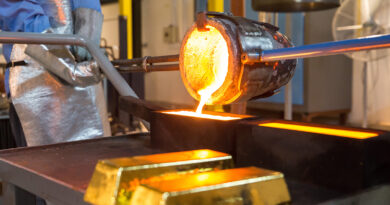Better refractory formulations through scientific discovery
A tool to optimize powder formulations for metal additive manufacturing will greatly decrease time for new alloy development and offer superior performance at lower cost for customized industrial applications.
The Advanced Manufacturing Office (AMO) in the U.S. Department of Energy is sponsoring research to formulate high-quality metal powders optimized for metal additive manufacturing (AM), including hard-to-build alloys such as high-temperature refractory alloys. AM refractory multi-principal-element alloys (MPEAs), comprising elements with melting points of 1850-2200°C, offer the potential for step-change improvements in extreme high-temperature resistance needed for the newest high-efficiency gas turbines and other industrial applications.
If such AM refractory MPEAs can be made stronger and more elastic, it would usher in an era of U.S. material manufacturing leadership in commercial refractory alloys with superior resistance to extreme heat and wear.
A TOOL FOR OPTIMIZING AM POWDER FORMULATIONS
A project team led by Ames Laboratory is now developing a computational Tool that will enable U.S. manufacturers to create and customize their own formulations for new, high-performance MPEAs.
This three-year project on metal powders for additive manufacturing (P4AM – see sidebar) is accelerating progress with physics-based simulations to estimate and optimize the properties of AM powders in a huge swath of formulations.
Samples produced from the most promising AM formulations then undergo rigorous testing to see how their mechanical and chemical properties compare to those of materials produced through traditional bulk casting and wrought processing.
The data from these experiments is fed into powerful high-performance computers that use artificial intelligence and machine learning to optimize the process. The team will then additively “print” those powders into actual components for energy, automobile and aerospace applications.
Upon completion, the Tool will reduce the number of process steps and avoid the inefficiencies of a trial-and-error approach to alloy development. The Tool is expected to cut the time required for an industrial user to develop a new alloy for an application by two-thirds – from more than a year to just a few months.
Most importantly, the end products are expected to perform far better than their existing counterparts and provide greater energy efficiency throughout their life cycle.
Now midway through the project, the research team has identified key principles to guide MPEA formulations:
- Use high-quality, spherical metal-powder particles.
- Choose a narrow selection of elements and their proportions based on physics-based modeling.
- Recognize value in unexpected results to uncover promising new directions for research
CAPTION: Scanning electron micrograph image of an example feedstock material designed for additive manufacturing – a custom Ni-based superalloy powder produced by high-pressure inert-gas atomization at Ames Laboratory.




